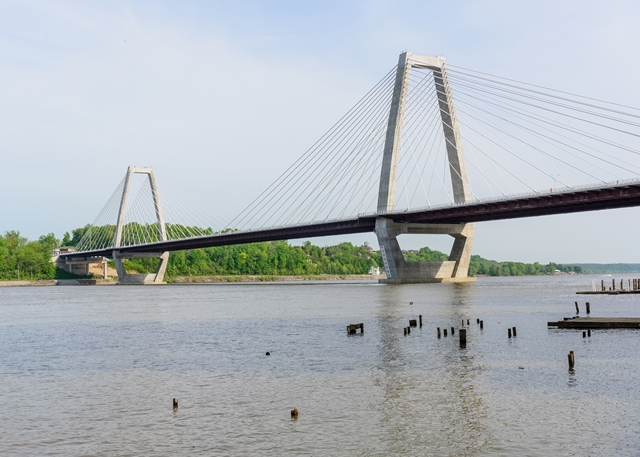Budgeting for Safety
As you look to next year’s budget, don’t forget to include safety expenses. All too often construction companies don’t forecast the cost of safety into the budget. But, safety will affect your bottom line. And, it happens in two ways. It’s easy for a company to calculate the costs when purchasing different trainings and equipment to meet different regulations. But it’s harder to see the costs you avoid by having a safety program that is effective. Learn more about the importance of budgeting for safety.
When a construction company has an effective safety program there are more benefits than avoiding costs due to injury. The morale of your employees improves which can also improve productivity and profit. Companies that reap these types of benefits don’t view safety steps as overhead. Rather, preventing accidents is viewed as an investment which protects the company.
As you consider implementing more safety, consider the return on investment. The research shows that for every single dollar invested in safety provide a return of $4 to $6. Think of the investment in these terms. Imagine buying a piece of equipment for $15,000. What if that equipment could lower you costs by $30,000 per year? Most likely, you’d make that investment. If you invested that same amount in safety, imagine your returns. And, imagine which the better investment is. The statistics on work injuries, illnesses and fatalities make the argument even more important. Illnesses, injuries and fatalities cost over $170 billion a year. One million injuries and 2.3 million illnesses occur every year. These contribute to losing 40 million working days a year!
The direct costs of an accident or illness are pretty obvious. But, the indirect costs are what really add up. Consider the following when you calculate the total cost of an injury. First, there are the replacement labor costs. Then, there is the time a supervisor had to spend to address the situation, investigate it and document it. Then, there are the downtime costs, like how work may have stopped altogether. Or maybe a piece of equipment was wrecked which slowed the crew down and needs to be repaired. The accident may lead to OSHA or other legal costs. If the incident was severe enough, it may have ended a contract or lead your company to be front page news. You should take the time to calculate the costs of lost work. The cost of the accident and its claims multiplied by your normal profit percentage times 100 is the standard computation. This will indicate how much you would need to sell to make up the loss. Finally, don’t forget to consider how a claim will affect your record for workers’ compensation premiums.
Budgeting for safety will be hard for your construction company to begin with. But, keep the return on investment in the forefront. And, think of all the direct and indirect costs you’ll avoid. You can focus in on certain safety issues by looking at three things. First, look at the trends your company has in terms of safety incidents and even your own observations of employee behavior. Secondly, reach out to your employees and ask for their ideas on equipment and trainings. And, the third source is compliance data. If you use these three sources, you’ll likely find the safety topics most important to keeping your company safe and productive.










































